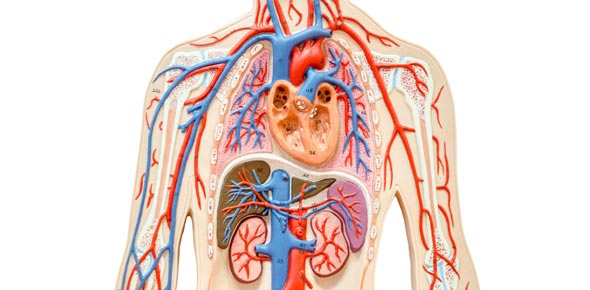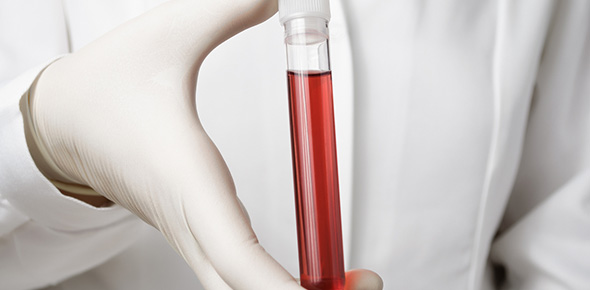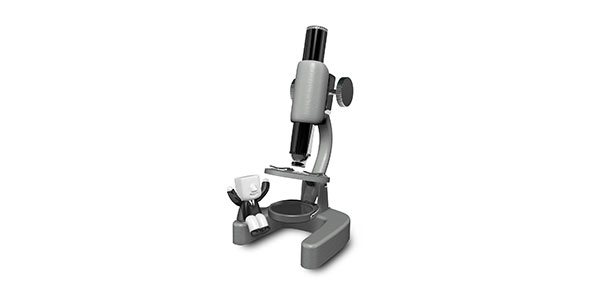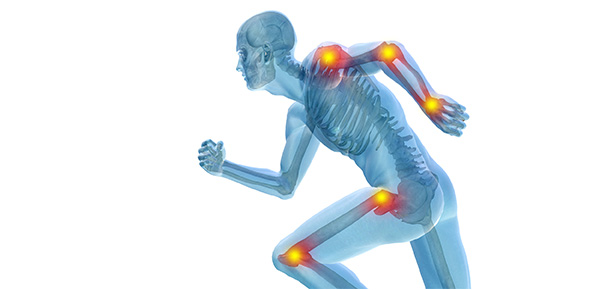Related Flashcards
Related Topics
Cards In This Set
| Front | Back |
|
Equation for cardiac output (___ x ___ =CO)
|
Heart rate (HR) x stroke volume (SV) = CO
|
|
Equation for mean arterial pressure Part
|
Cardiac output (CO) x peripheral resistance (R) = Part
|
|
Properties of a healthy heart
|
CO = VR
cardiac output = venous return out = in |
|
Briefly describe the cardiac cycle
|
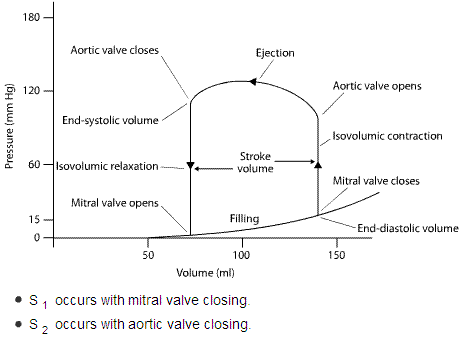 -atrial contraction -increased arterial pressure -ventricle filling -EDV (end diastolic volume) -ventricular contraction -increased ventricular pressure -when Pvent>Patr, A-V valves close (1st heart sound) -isovolumetric ventricular contraction -ejection (ventricular blood volume decreases) -aortic valve and pulmonic valves close when active contraction ends and enough blood is pumped out through the aorta (2nd heart sound) -isovolumetric relaxation (R and L ventricles, R at lower pressures) |
|
What is responsible for the first heart sound?
|
Closing of A-V valves
|
|
What is responsible for the 2nd heart sound?
|
Closing of aortic and pulmonic valves
|
|
When Pvent< Patr
|
A-V valves are open and ventricles are filling with blood from pulmonary veins
|
|
Stroke volume = change in volume =
|
EDV - ESV
end diastolic - end systolic volume |
|
EDV can be estimated by measuring which two variables?
|
End diastolic pressure (preload)
or atrial pressure |
|
How does the heart increase SV?
|
Size of heart increases, EDV increases
|
|
T or F
The heart can develop greater ventricular pressure when it is larger |
T
|
|
Does CO vary much with changes in Part?
|
No, unless you are at the extremes of Part (very low or very high)
 |
|
How does increasing the heart rate affect contractility of the heart?
|
Increasing the heart rate leads to increase in calcium influx and increase in calcium release from SR with each beat
|
|
What are 2 factors that can increase contractility of the heart?
|
-increasing catecholamine levels in the blood
-increasing sympathetic ANS stim |
|
What effect does increasing cholinergic (parasympathetic) stim have on the heart?
|
Decreases contractility (opposite effect of sympathetic ANS stim)
|



